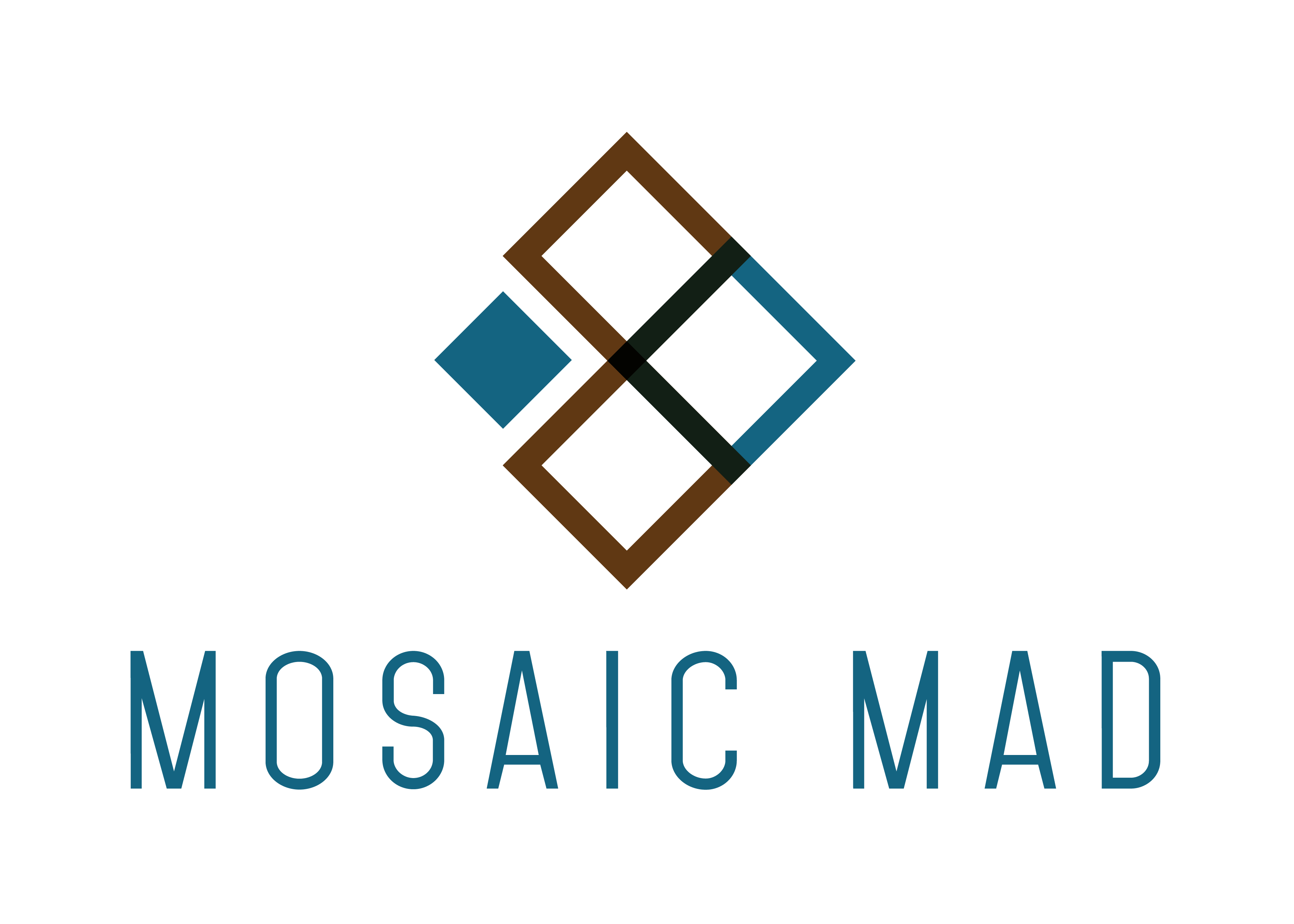Categories
- SWATCHES
- SHEETS
- PRE-NIPPED Crystal Glass
- MIXED-MEDIA Bags
- TILES : Ceramic/Porcelain
- INSERTS and EMBELISHMENTS
- KITS
- TOOLS, GLUE, MESH
- GROUT
- BASES
- PATTERNS and E-BOOKS
Specials
-

Leaf : Green/Black Standard Textured
R10.00 (-50%) R5.00
MOSAIC INFO:
- What is Mosaic?
- Mosaic Design
- Common Mosaic Mistakes
- Things to Consider
- Mosaic Colour Basics
- Mosaic Materials
- Mosaic Surfaces & Adhesives
- Transferring Mosaic Patterns
- Cutting Tools
- Cutting Techniques
- The Indirect Mosaic Method
- Pique Assiette Method
- Choosing Grout Colour
- How to Grout your Mosaic
- Side Finishing Options
Search
MATERIALS FOR MAKING MOSAICS
When deciding what materials to use in your mosaic, there are a few practical considerations that you need to take into account:
- Are the materials suitable for where the mosaic will be placed or used? For example, if the mosaic will go out of doors, will the materials survive frost and rain?
- If the mosaic will go underfoot such as a doorstep, pavers or a whole floor, will the materials stand up to wear and tear?
- Will the materials will give you a flat surface, if this is needed?
- How much of the materials will you need and how much will they cost?
 Notes on various materials:
Notes on various materials:
Crockery:
- Often cheap (or free) to get.
- Can be quirky, fun and evocative ("memoryware").
- Can be difficult to get flat surfaces, or a lot the same.
- May be damaged by frost.
- The material of choice for pique assiette style.
Household tiles:
- Can be fairly cheap, particularly if you can get off-cuts or spares.
- Second-hand tiles stripped off walls usually have adhesive on the back, which is a problem to clean off.
- Vary a lot in quality, thickness and ease of cutting between different types.
- May be damaged by frost.
 Vitreous glass (also known as "riverglass"):
Vitreous glass (also known as "riverglass"):
- (right) More expensive.
- Wide range of colours available.
- Flat surface. Suitable for outdoor projects.
- Can be tricky to learn to cut and shape.
 Smalti:
Smalti:
- Expensive.
- Wide range of colours.
- Classical appearance.
Glass:
- Stained glass comes in a range of colours.
- Cost depends on source - scrap glass relatively cheap, may vary in thickness.
- Can be used outdoors.
- Backing and adhesives must be chosen with care, as may be visible through glass.
- Mirror glass can be very effective but splinters when cut so take care.
- Clear glass with foiled or painted backing also available but more expensive than vitreous glass.
- Easy to cut

Shells:
- Cheap.
- Fun to collect.
- Frost-hardy.
- Too porous to be grouted in the normal way, as they will stain.
Found objects:
- Many found objects can be incorporated into a mosaic if you wish metal, plastic, stone, even teeth! if they are stuck down firmly.
Backing materials
If you browse through books or web sites you'll see that virtually any object can be mosaicked. The most commonly used backing is wood. This should be of a kind that will not warp, for example a fibre board (such as MDF) or plywood. If it will go out of doors, an exterior grade wood should be chosen. The back of a tile can be used very successfully as a mosaic base, as it is porous and gives very good adhesion.
It is usual to prepare wooden surfaces by priming and scoring them. Priming involves painting on a coat of diluted PVA glue (about one part glue to 5-10 parts water). This seals the surface, meaning that glue and grout will not dry too quickly. Scoring lines with a craft knife or Stanley knife makes the surface rougher, giving a better grip.
Adhesives
Choice of adhesive is important. For most purposes, PVA (Poly Vinyl Acetate) glue is ideal (also known as "white craft glue"). This is widely available. Generally the most cost-effective way of buying it is in quantity from a builders' merchant. It is fairly quick drying (within several hours), moderately water-resistant when dry, and relatively low hazard.
Household tile adhesive: Good "grab" for 3-D projects. Useful where the tesserae are not flat, as it can fill the space behind. Generally relatively low hazard.
Epoxy resin: Very strong. Fast setting versions available. Good for non-porous contacts e.g. with metal, or where quick repairs needed. High hazard, not pleasant to use.
Bathroom sealant: Very effective for ceramic-to-ceramic bonds. High "grab", so good for 3-D work. Can work out relatively costly.
Cart
New products
No new products at this time

